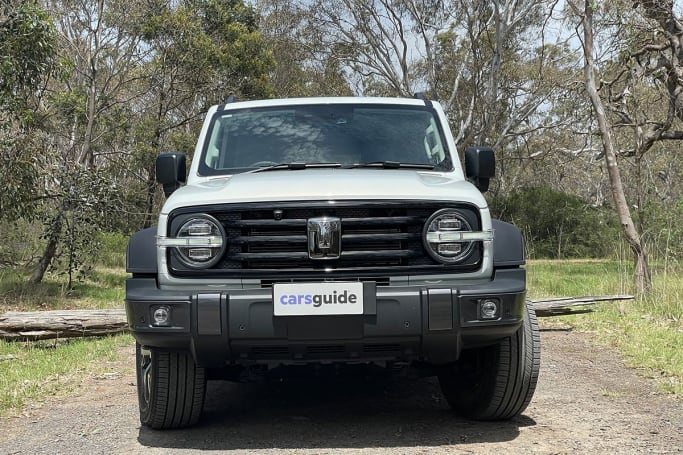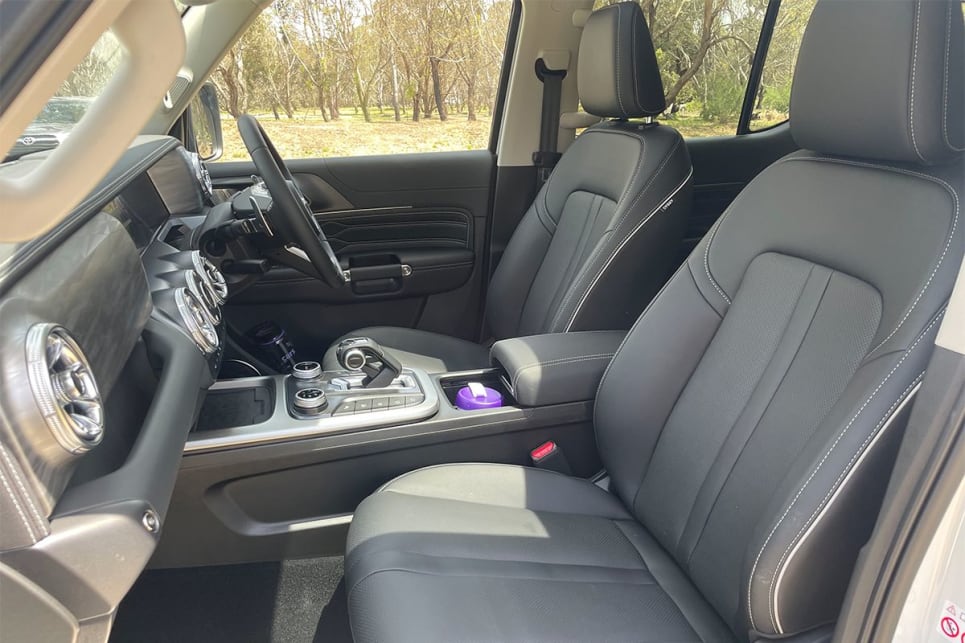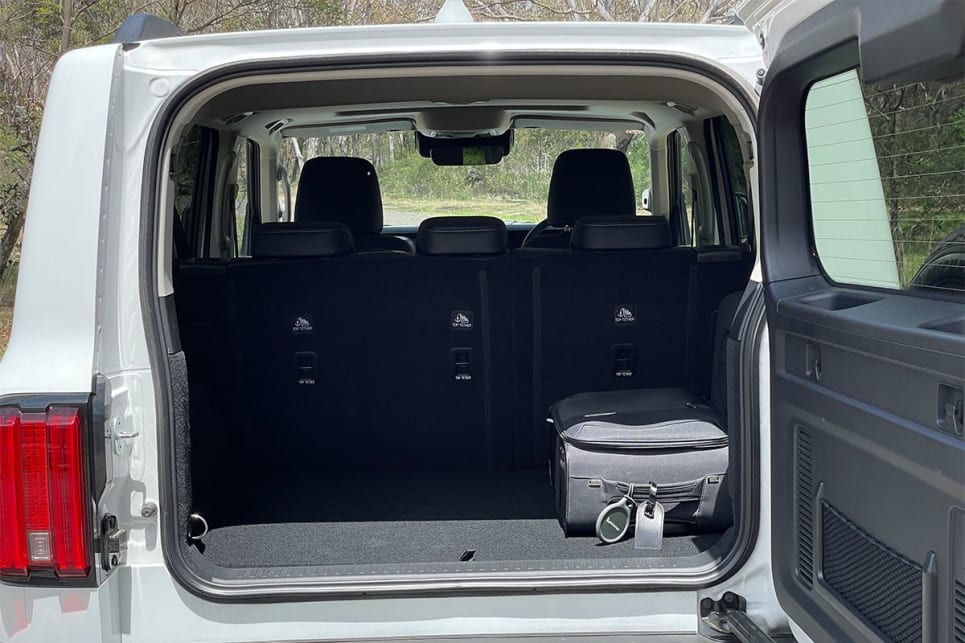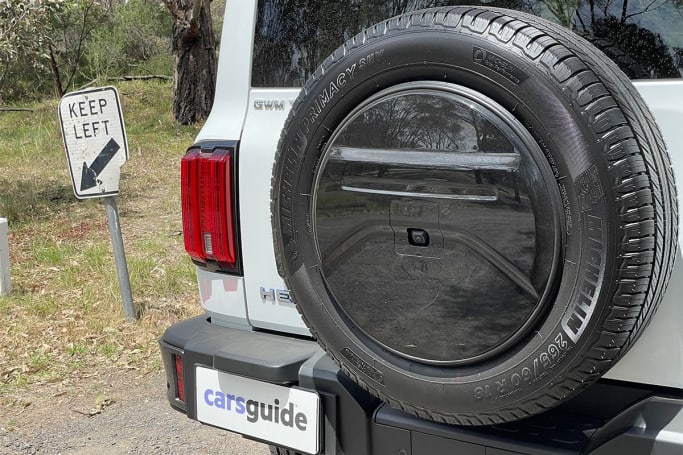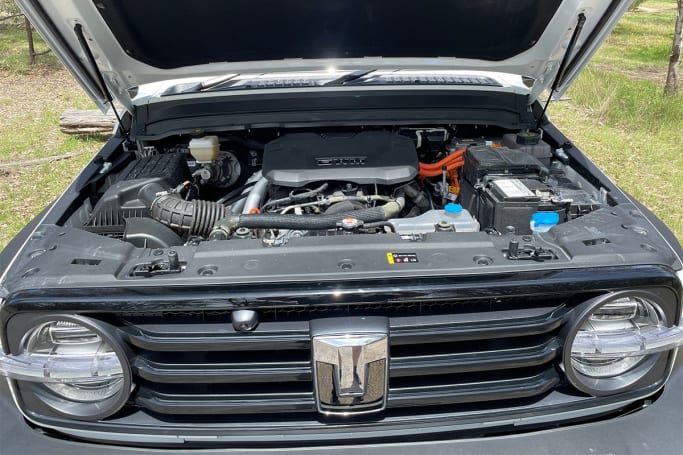Much like the petrol-powered Tank 300 that’s been on sale for a while now, the Hybrid is available in two model grades - Lux from $55,990 drive-away and Ultra at $60,990 drive-away. That’s a $9000 and $10,000 premium respectively over the petrol grades. For this review, I tested the Hybrid Ultra.
As with GWM’s other products in the market, the pricing is competitive. There are not too many SUVs with a ladder-frame chassis in this price bracket that have this level of kit.
The obvious ute-based rivals include the Ford Everest which is priced from $53,990 to a lofty $79,490, the Isuzu MU-X from $48,900 to $65,990, and the ageing Mitsubishi Pajero Sport from $44,940 to $62,440 - all before on-road costs.

The closest rival to the Tank 300 in terms of execution is the Jeep Wrangler, but ever since Jeep decided it was a premium brand, Wrangler prices have skyrocketed and it now starts at $83,950 BOC.
Of course, none of these rivals have a hybrid option.
There are hybrid versions of the Land Rover Defender and there’s now a plug-in hybrid Jeep Grand Cherokee, but these models list for about $120,000. That’s double what you would pay for a GWM Tank 300 Hybrid.

The GWM is also packed with standard gear like an eight-way power adjustable driver’s seat with a massage function, heated and ventilated front seats, synthetic Nappa leather seats, a 12.3-inch digital instrument cluster, 12.3-inch colour touchscreen with DAB digital radio, wireless Apple CarPlay and Android Auto, a nine-speaker Infinity sound system, keyless entry and start, an auto-dimming rearview mirror, privacy glass and a long list of standard safety gear - but more on that later.
So purely from a value perspective, this Tank is hard to beat.





